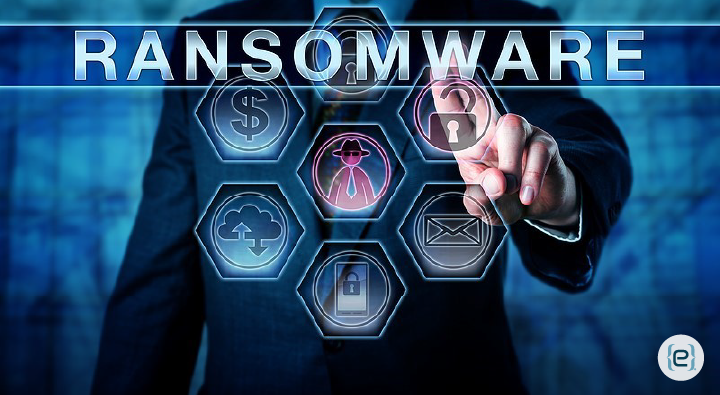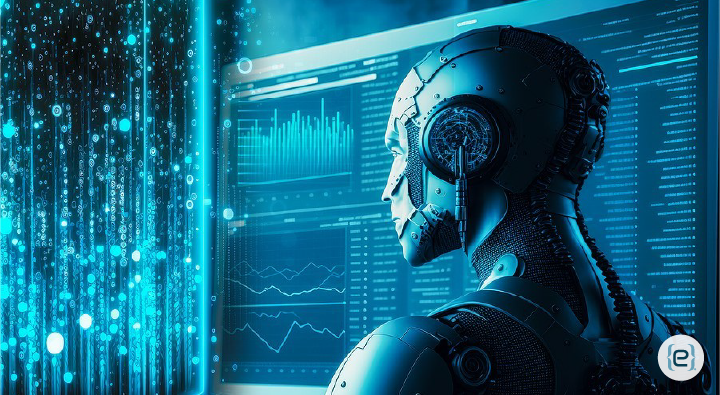AI offers significant potential to improve security posture and capabilities by augmenting and accelerating various aspects of cyber defense. At the same time, it also poses new challenges that require a careful approach. To safely harness emerging technologies, organizations must understand both the benefits and the risks posed by AI for cyber security.
Timely Threat Detection
The cyber security landscape changes rapidly. As cyber criminals constantly evolve their tactics, traditional security solutions struggle to keep up. Fortunately, by augmenting human capabilities, AI enables faster and more accurate threat detection.
AI-enhanced tools can analyze large volumes of data, identify patterns and anomalies, and automate tasks that would otherwise require human intervention. For example, AI can help detect phishing attempts by analyzing email content, context, and metadata. It will then flag messages that seem inconsistent with normal behavior.
Likewise, AI can help detect malware and ransomware by scanning files or network traffic. Automated monitoring systems collect and analyze data from endpoints, sensors, logs, and other sources. They then alert security personnel to any anomalies that could indicate an attack or compromise.

Enhanced Incident Response
Once security systems detect a possible attack, timely and effective response will contain the damage and prevent further escalation. Incident response that depends on manual analysis and human timeframes often proves inadequate to cope with the increasing volume of data and constantly evolving threats. AI increases incident response capabilities.
Once it detects a possible cyber security event, AI strengthens incident response in several ways, including:
-
- Providing actionable insights through root cause analysis and impact assessment.
- Suggesting priorities and mitigation strategies
- Enabling dynamic incident response that adapts to feedback. AI systems can learn from previous incidents to improve future performance.
- Assisting human security professionals with data collection, analysis, decision making, and execution.
Proactive Threat Prevention
Threat detection and incident response remain critical components of effective cyber security. Ideally, however, security solutions will prevent threats in the first place. While traditional cyber security measures take a reactive approach, detecting and responding to incidents after they occur, AI-enabled solutions make it possible to predict and prevent potential vulnerabilities.
For example, AI can rapidly analyze large volumes of data from network traffic, logs, sensors, and external threat intelligence, identifying patterns and providing actionable information about emerging threats. These insights and recommendations enhance the capabilities of human security professionals.
Further, AI strengthens security measures in various domains. For instance, AI can enable cost-effective, cloud-native security solutions that scale easily with business growth. It can also enhance identity and access management (IAM) by verifying user identities and enforcing access policies.

However… AI Also Presents New Risks
Organizations should not view AI as a silver bullet, however. While AI plays an important role in securing against today’s cyber threats, it also introduces new challenges. Security teams that rely too much on AI may fall into a false sense of security and reduce human vigilance. But AI systems do make mistakes and sometimes fail in unexpected ways.
Additionally, AI systems present new targets and tools for emerging breeds of cyber-attack. Bad actors sometimes manipulate AI systems into misclassifying objects or entities. They also use AI to generate extremely convincing deepfakes or misleading content, such as highly customized phishing emails.
Holistic Approach to AI for Cyber Security Necessary
To harness the benefits of AI while mitigating the risks it poses, organizations must adopt a balanced, responsible approach. This begins with educating cyber security professionals and users regarding the opportunities and risks that AI presents.
With that knowledge, security teams and stakeholders should then define clear objectives and a governance framework around using AI for cyber security. Additionally, recognizing the critical role quality data plays in AI solutions, they should also implement strong information governance.
The cyber security professionals at eMazzanti provide tools and services that blend AI solutions with human oversight to deliver optimal security. From email protection to network monitoring, endpoint security to dark web monitoring, they will help your organization implement comprehensive security strategies.






